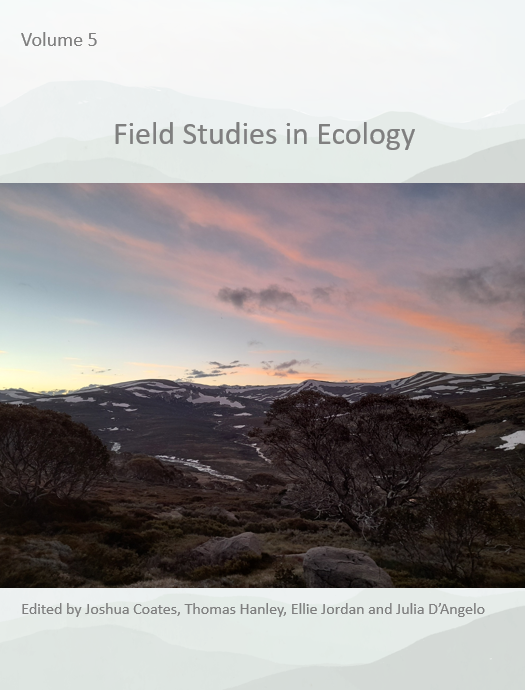Role of Bogong moths (Agrotis infusa) in the nocturnal plant-pollinator network of Kosciuszko National Park
Main Article Content
Keywords
Abstract
Nocturnal pollinators are essential for the maintenance of ecosystems because they allow for plant reproduction and play a crucial role in trophic interactions. Moths (Lepidoptera) are important nocturnal pollinators yet have been largely overlooked by researchers due to difficulties associated with field sampling at night. The endangered Bogong moth (Agrotis infusa) has recently been found to forage on local flowers during its summer aestivation period in the Australian Alps, but its role as a pollen vector is not yet well understood relative to other nocturnal moths. Understanding plant-pollinator interactions is of particular importance for species likely to be impacted by anthropogenic climate change and will help direct conservation efforts. This study examined how Bogong moths vary in their capacity as pollen vectors compared to other nocturnal moths in Kosciuszko National Park. This was achieved by comparing moth abundance, pollen grain abundance, and pollen richness between different taxa, as well as using network metrics to identify species of structural importance. Using UV light trapping, 132 individuals from 42 moth species were captured and swabbed for pollen, which was then identified and counted using light microscopy. Our findings indicated that Bogong moths were present in greater abundance and carried a more diverse range of pollen taxa than other moths. They had high among- and between-module connectivity in the network, indicating that they are playing an important pollen vector role. Bogong moths were also the only species to carry significant amounts of Eucalyptus pauciflora pollen, possibly suggesting the existence of a mutualistic relationship between two at-risk species.

